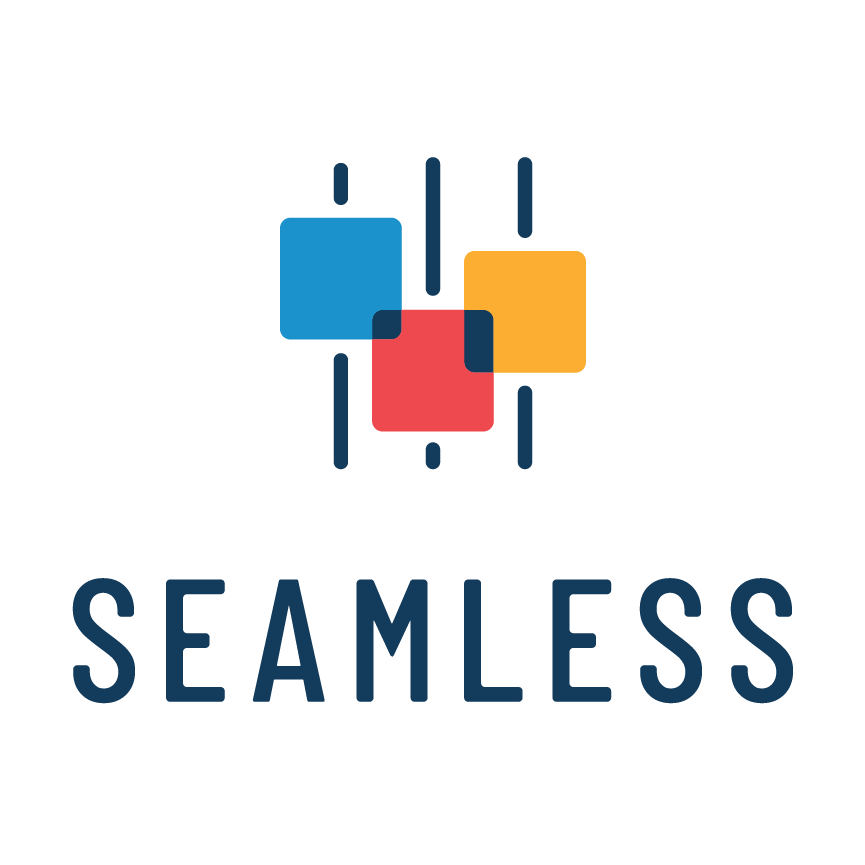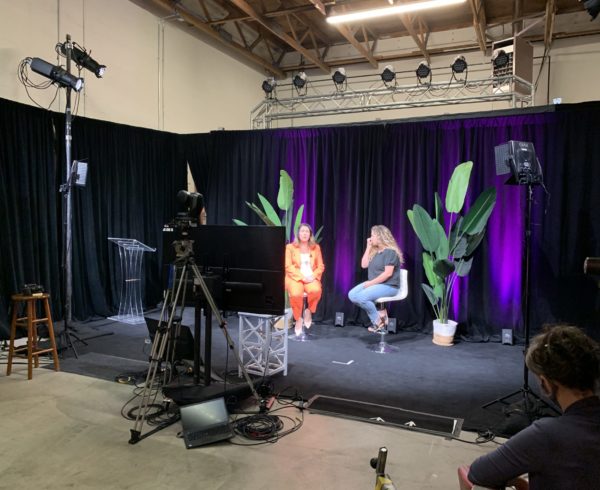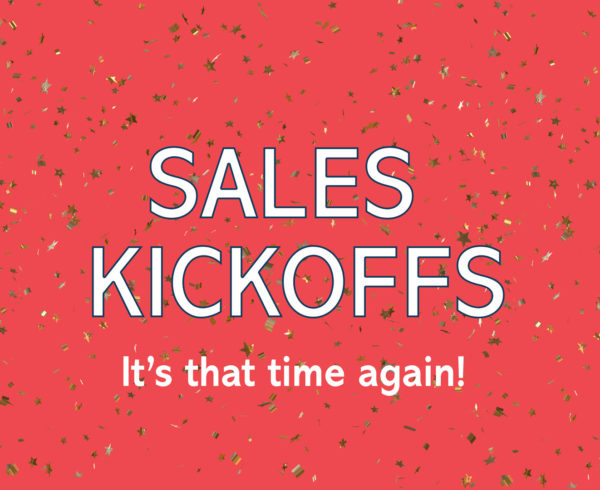A successful virtual or hybrid event starts long before the action happens — it begins with mapping out your attendees’ experience.
At Seamless Events, we work with clients to create a welcoming environment for all their event goers, including those who live with physical, psychological, or cognitive disabilities. Providing access accommodations and using specific strategies can help you address the needs of those comfortable disclosing their needs as well as those who opt for privacy.
Below, you’ll find the seven tips we share with event planners looking to boost inclusivity.
Tip #1
Communicate clearly about planned access accommodations, and build a robust survey around attendee needs into your registration system
Why it matters:
Serve the needs of all your prospective attendees by demonstrating your commitment to accessibility from the start.
How to do it:
For no-request-needed accommodations, incorporate downloadable disability access symbols into formal and informal event promotion materials and conversations.
For accommodations that require requests:
Add a needs-focused survey into your registration page. Additionally, include contact information on your website or event registration page. Continue to include accommodations information on materials going to registrants to capture “late-breaking” requests for sessions, breakouts, and more.
Tip #2
Set up presentation slides in ways that maximize accessibility
Why it matters:
You serve the needs of attendees who are blind, visually impaired, have lower literacy, or have learning disabilities. Among other issues, the way content is set up can impact screen readers, which render text and image content as speech or braille output.
What to know:
PowerPoint has a tool — the Accessibility Checker — that lets you evaluate slides’ accessibility.
How to do it:
Set presenters up for success before they develop and write their slides by walking them through accessibility best practices found in PowerPoint support articles. These include: adding text descriptions (“ALT text”) to images; using a minimum font size; choosing colors; structuring slide content; and more.
As your event gets closer, collect all presentations ahead of time, go through them to check for and/or fix accessibility issues, then lock them down for your AV team. If you have the funds to outsource this, do; otherwise allow plenty of time for submissions and review.
Tip #3:
Give careful consideration to your use of video and embedded audio
Why it matters:
In a word — captioning. You serve the needs of attendees who are deaf, hard of hearing, blind, or visually impaired when captioning is integrated into screen readers, the assistive technology tool mentioned above. You also support attendees in need of real-time translation services / language accommodation.
How to do it:
To ensure attendees can access your content, you have a few options.
- Pre-produce content with captions added to ensure your package is ready to roll with the highest-quality captions.
- Have attendees access content through YouTube videos, which have fairly accurate captioning services if viewed on the platform. Plan to have your AV team transition from presenters’ slides to YouTube and back.
- Have live event captioners participate in your event, ideally in every session. For live event captioning — sometimes called CART (Communication Access Realtime Translation) — you’ll need to use a compatible video conferencing platform as well as highly experienced professionals, such as those in the National Court Reporters Association directory of certified providers.
On a similar note, use a real-time caption solution that integrates into online meeting software platforms.
Tip #4:
Support presenters by assigning a dedicated AV producer to share presentations. At minimum, make this option available by request.
Why it matters:
Many presenters live with disabilities; some openly, some not. Providing this level of service across the board enhances the experience of all your speakers; making it available to those who request it is the next best strategy.
How to do it:
Assign (or offer) speakers a dedicated AV producer to run their presentation; this way, presenters can focus on delivering their content and have pros ready to help if they need to navigate anything unexpected.
Tip #5:
Support both participants and presenters by assigning a dedicated staff member or volunteer to each session so any issues get resolved as quickly as possible. At minimum, staff sessions with known accommodation needs.
Why it matters:
Parties on both sides of a presentation can encounter issues. Make it a priority to ensure attendees’ receive content in the way they need it. If you have limited staffing for sessions, start with those with known accommodation needs and broaden if possible.
How to do it:
Have a plan ahead of time that includes assigning helpers (and backups) to sessions. Make sure they’re informed with key names and contact information so they know the best person to reach if something needs attention.
We especially appreciate your attention to ensuring the in-session support for our CART and ASL interpretation attendees.”
Tip #6:
Treat your accessibility-related professionals (translators, interpreters, etc.) as key players
Why it matters:
All your attendees deserve quality communication, and the pros are their lifeline; don’t let lack of information, required switch-overs, or technical delays impair that.
How to do it:
Include your American Sign Language (ASL) interpreters and live event captioners / translators into your process, including pre-session run-throughs. Consider having these pros share co-hosting privileges for more seamless transitions, especially if you need to change ASL interpreters mid-session per standard guidelines.
Tip #7:
Meet people where they are by providing a variety of ways to give feedback and interact with presenters
Why it matters:
In-person events have many formal and informal ways for attendees to interact with staff, presenters, and other attendees — and much of it’s anonymous. [Feedback jars, bulletin boards / white boards, using trusted intermediaries, and so on.] When you aim for the same at your virtual or hybrid event, you accommodate those who experience various disabilities as well as those with different preferences.
How to do it:
Consider letting attendees submit anonymous questions to chat monitors; implement virtual hand raises to diversity Q&As; and use white boards and other strategies.
Our Seamless clients excel at making their events inclusive, exciting, and rewarding for all. If you’re planning an event and want to make access accommodations part of your AV strategy, contact us for a free consultation. We can help you better understand your AV accessibility options for virtual or hybrid events.








